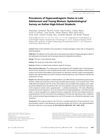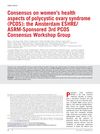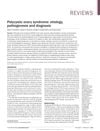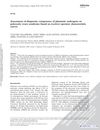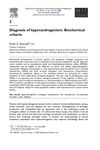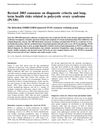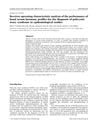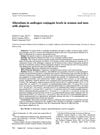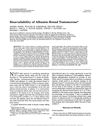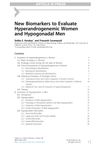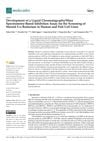Revisiting Hyper- and Hypo-Androgenism by Tandem Mass Spectrometry
April 2013
in “
Reviews in endocrine and metabolic disorders
”
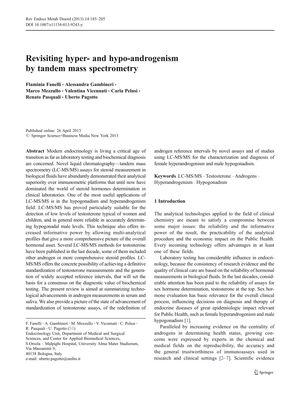
TLDR The document concludes that using LC-MS/MS for measuring androgens is more accurate than older methods, but it needs careful validation and standardized references to be most effective.
The document from 2013 reviews the use of liquid chromatography-tandem mass spectrometry (LC-MS/MS) for the measurement of androgens, highlighting its analytical superiority over traditional immunoassays, particularly for low testosterone levels in women, children, and hypogonadal males. It emphasizes the need for accurate and reproducible assays, as demonstrated by the poor reproducibility of testosterone measurements using common immunometric platforms, especially at lower concentrations. The document also discusses the challenges in defining diagnostic cutoffs for conditions like hypogonadism and the variability of symptoms and threshold levels among individuals. It suggests that LC-MS/MS, with proper validation and reference intervals, is the best technique for standardizing clinically relevant assays, despite the need for further efforts to ensure consistent measurements. The document concludes that while LC-MS/MS offers significant advantages, including the ability to create multi-analyte profiles, it requires careful validation, robust reference intervals, and demonstration of benefits for disease characterization and efficiency.
